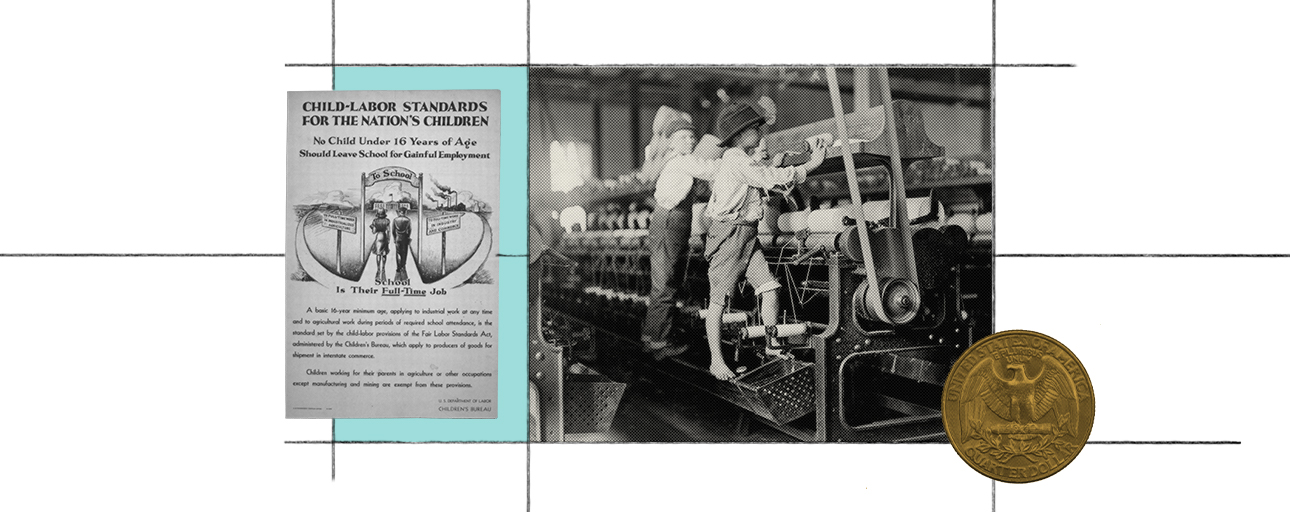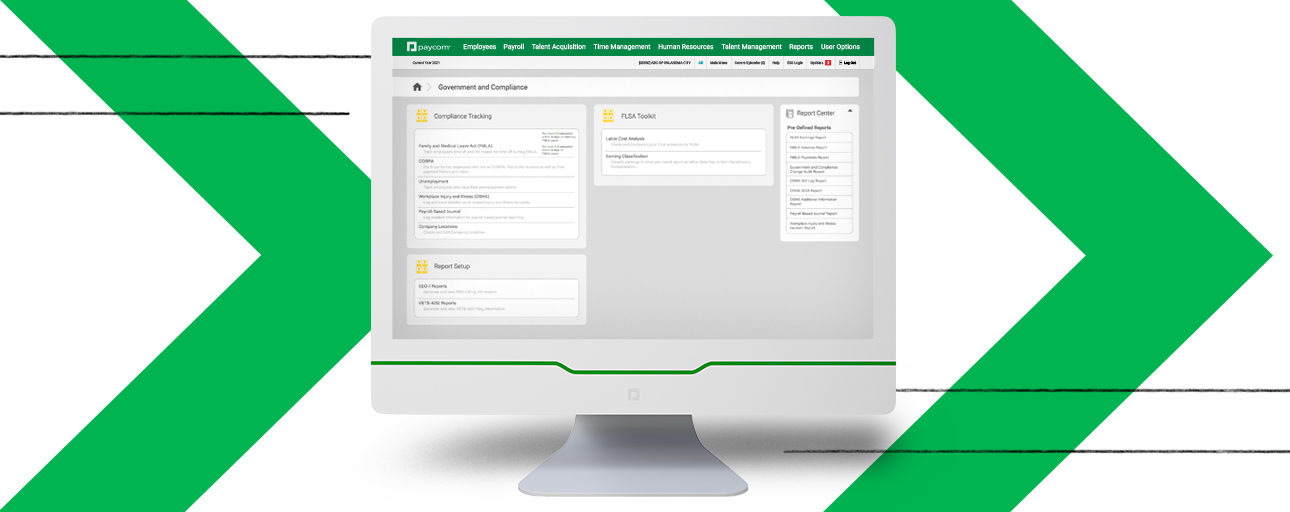The idea of time-and-a-half pay for hours worked over the standard 40 is easy to take for granted. However, as a matter of federal law, it has been with us for less than a century. Let’s take a quick look at how we got there.
Where were we then?
The Fair Labor Standards Act (FLSA) was a relatively late-arriving piece of New Deal legislation. Finding something of an ally in President Franklin D. Roosevelt, the labor movement gained traction in its push to end child labor, establish a guaranteed minimum wage and make hourly workers eligible for overtime pay as we now know it.
The initial bill took shape as early as 1932 but faced heavy opposition from business executives and the Supreme Court. In fact, a key piece of early New Deal legislation with some similar aims, the National Industrial Recovery Act, was overturned by the court in 1935.

This was followed by years of bitter gridlock and failed attempts at compromise on wage and hour specifics within both Congress and organized labor.
Then, in 1938, Roosevelt signed the FLSA into law, calling it a start toward “a better standard of living.” The law set the minimum wage at 25 cents an hour and overtime pay at time and half for hours worked beyond a 44-hour workweek. This, in turn, was reduced to the current 40 hours two years later.
Where are we now?
The way we look at work continues to change, as does the regulatory framework that applies to it. A significant FLSA overhaul went into effect as recently as 2020, increasing the salary threshold for employees to be exempt from receiving overtime pay under the executive, administrative and professional exemptions. As a result, 1.3 million more Americans can receive overtime pay than was the case a mere two years ago.
Additionally, the Department of Labor reaffirmed a commitment to revisit eligibility every four years.
Given the likelihood of continued change, including future salary-level threshold increases, it pays for organizations to be prepared.

The right HR technology can help. Digital self-service software, including tools like Paycom’s Time and Attendance, enables employees to clock in and out, track hours, access their schedules and more while making approval of timecards and other managerial responsibilities equally simple. This ensures accuracy of timekeeping, creates airtight records for compliance purposes and makes a formerly stressful process easy for everyone, all with significant positive implications for overtime calculation.
For further peace of mind, consider Paycom’s Government and Compliance tool with FLSA reports to facilitate informed decisions on how employees are classified, paid and scheduled.
To learn more about how our HR tech can help with FLSA compliance and more, don’t hesitate to schedule a quick demo.
